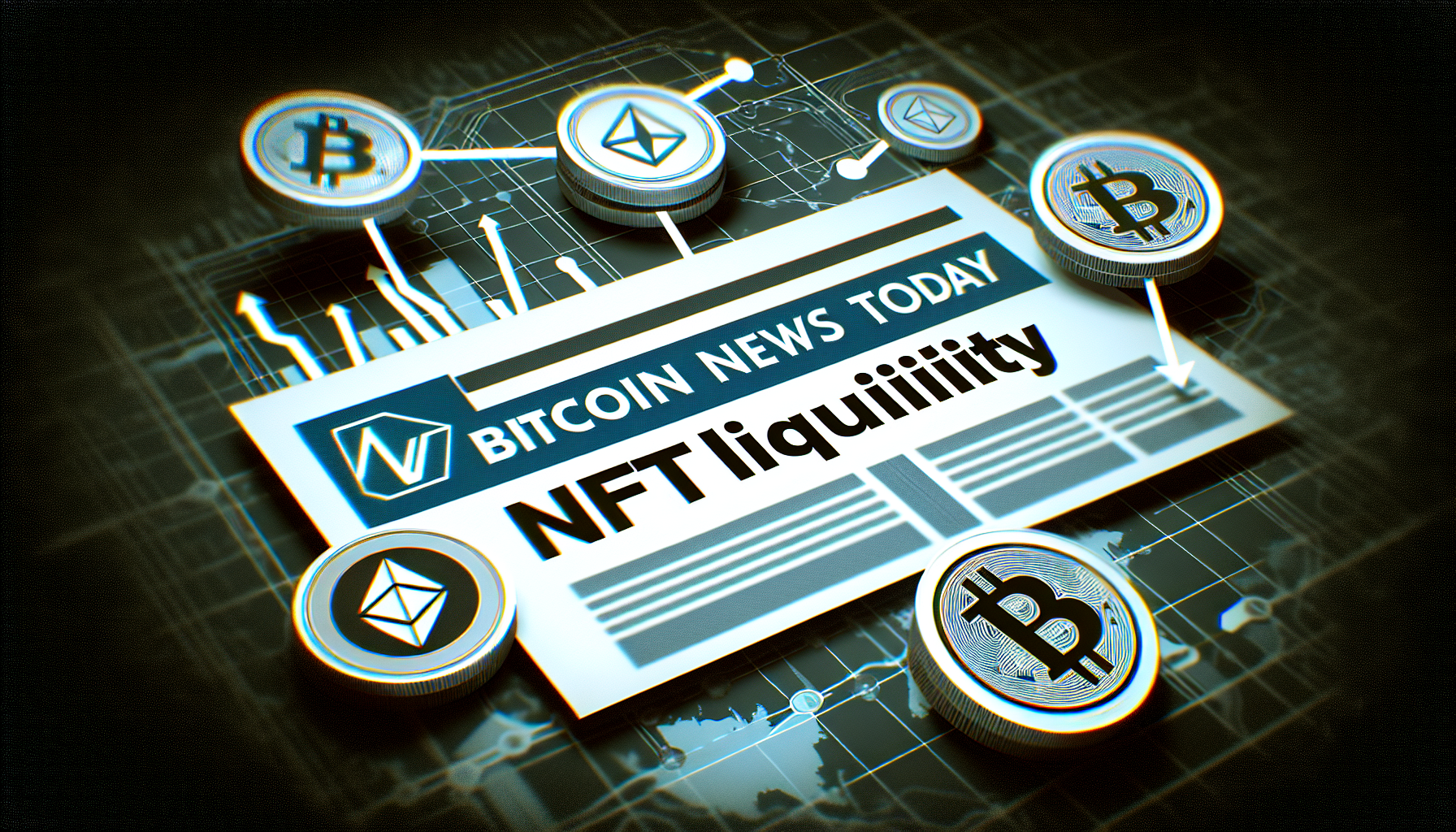Introduction: What is NFT Liquidity and Why is it Important?
Did you know that in 2021, the NFT market reached a staggering $25 billion? Yet, many enthusiasts face the challenge of NFT liquidity. What does it mean for the future of digital assets, and why should you care?
What is Liquidity in the Context of NFTs?
NFT liquidity refers to how easily a non-fungible token can be bought or sold without affecting its market price significantly. Think of it like the bustling street market where goods change hands quickly versus a quiet flea market where items sit in obscurity. High liquidity in NFTs means that there are plenty of potential buyers and sellers, ensuring quick transactions and stable prices.
The Role of Marketplaces in Enhancing NFT Liquidity
- Marketplaces like OpenSea and Rarible serve as bridges connecting buyers and sellers.
- The presence of multiple buyers increases demand, improving liquidity.
- By integrating various payment methods, such platforms enhance user access.
Just like how a vibrant marketplace attracts more visitors, thriving NFT platforms boost liquidity by fostering competition among buyers.

Challenges Associated with NFT Liquidity
While liquidity is crucial, several factors can hinder it:
- Scarcity of Popular NFTs: A limited supply can lead to inflated prices, making them less accessible.
- Market Volatility: Cryptocurrencies and NFTs can be notoriously unstable, leading to a lack of confidence among investors.
- Information Asymmetry: Not all buyers have access to the same information, which can create mistrust in pricing.
Understanding these challenges is essential for both new and existing NFT traders, especially if you’re considering how to safely store cryptocurrency in such a volatile space.
Ways to Improve NFT Liquidity
- Engaging in Solid Community Building: Communities drive interest. When holders actively promote their NFTs, they enhance overall demand.
- Tokenizing Physical Assets: Linking physical collectibles to NFTs can attract traditional collectors, thereby enhancing market liquidity.
- Offering Fractional Ownership: Allowing multiple buyers to own fractions of a high-value NFT can widen the buyer pool significantly.
By employing these strategies, NFT owners can make their digital assets more appealing and easier to trade.
Conclusion: The Future of NFT Liquidity
As the NFT ecosystem continues to evolve, fluidity in trading will become increasingly significant. The interplay between market accessibility, community engagement, and technological innovations will redefine NFT liquidity. It’s crucial to stay informed and adapt to these changes to optimize your investment. If you’re interested in learning more, explore more on topics like 2025’s most promising altcoins at uk.bitcoinsnewstoday.
Disclaimer: This article does not constitute investment advice. Always consult local regulatory authorities before making financial decisions.
Given the exponential growth in the NFT market, it’s vital to understand these fundamentals to navigate it successfully.
Join us today in exploring the innovative frontier of digital assets!
Written by Dr. Ethan Williams, a renowned blockchain specialist and digital asset advisor with over 15 published papers in the field of cryptocurrency and blockchain technology. He has also led audit projects for several high-profile blockchain initiatives.


